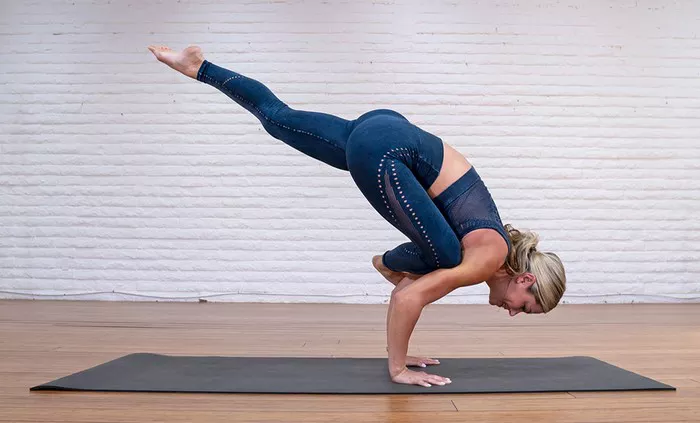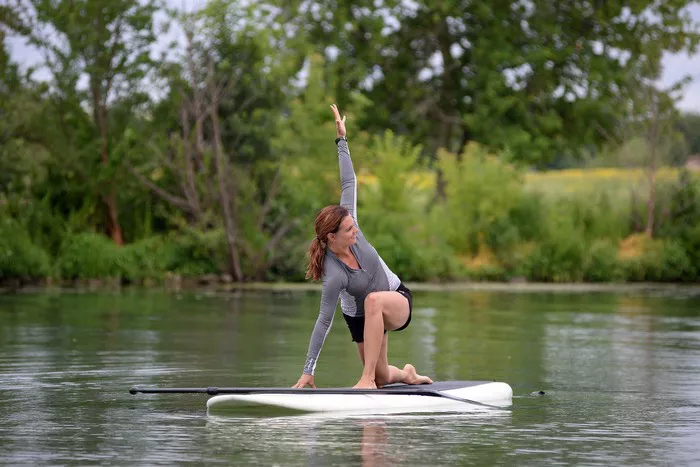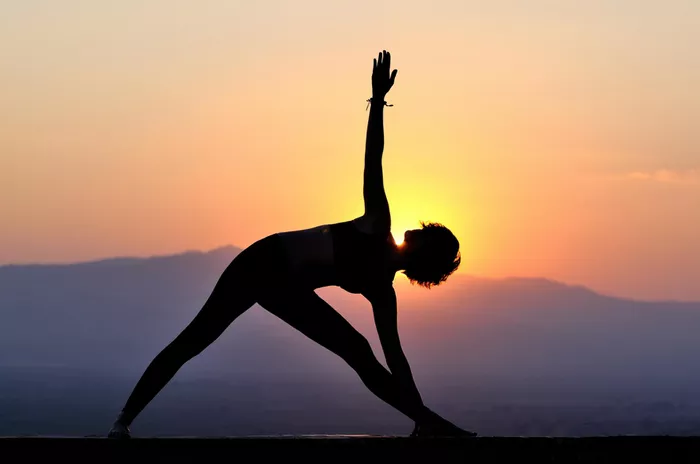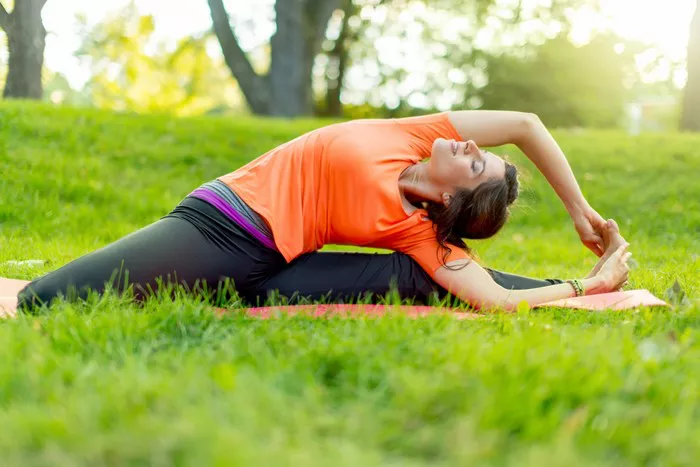Yoga, an ancient practice that integrates the mind, body, and spirit, has gained immense popularity worldwide for its numerous physical, mental, and emotional benefits. It is widely known for its ability to increase flexibility, improve strength, reduce stress, and promote overall well-being. While many people practice yoga on a mat, some may wonder: Is it OK to do yoga on the floor? This question may arise for a variety of reasons, such as personal comfort, limited space, or a desire to explore different yoga settings.
In this article, we will examine the feasibility and effects of doing yoga on the floor. We’ll consider various aspects such as comfort, alignment, and the impact on your yoga practice, and explore whether or not it’s advisable to skip the mat. Additionally, we will offer guidance on how to make yoga on the floor safe and effective.
Understanding the Importance of a Yoga Mat
Before diving into whether yoga on the floor is ideal, it’s important to understand the role of a yoga mat in your practice. A yoga mat is designed to provide a non-slip surface and adequate cushioning to support your body during various postures. It acts as a buffer between your body and the hard floor, offering several benefits:
Traction: A mat provides stability during balancing poses, ensuring that your hands and feet don’t slide.
Support: Mats are designed to cushion the body, which is especially important for the knees, wrists, and spine.
Hygiene: Yoga mats also offer a clean surface for your practice, minimizing contact with germs or dirt on the floor.
Comfort: Many mats offer added comfort, particularly in seated or lying poses, helping to reduce pressure on the joints and bones.
While these benefits make a yoga mat a useful tool, it’s possible to practice yoga without one, though certain adjustments may be needed to ensure safety and comfort.
Yoga on the Floor: What Does It Mean?
When we refer to doing yoga on the floor, we are discussing a practice where the body is directly placed on the surface of the ground without the cushioning of a mat. This could mean practicing on:
- Hard floors (wood, tile, or concrete)
- Carpets or rugs
- Soft surfaces like grass or sand (outside settings)
Whether you’re at home, in a studio, or outdoors, you might wonder how practicing directly on the floor compares to using a mat. The experience of yoga on the floor can vary based on the type of surface and the specific poses being performed.
Pros and Cons of Doing Yoga on the Floor
Like any practice, there are advantages and disadvantages to doing yoga directly on the floor. Let’s explore both sides of this approach.
Advantages of Doing Yoga on the Floor
Connection to the Earth: Practicing yoga directly on the floor, especially outdoors, can enhance your sense of grounding and connection to the Earth. Many yoga practitioners believe that being in direct contact with the ground during practice can improve energy flow and encourage a deeper sense of mindfulness.
Improved Awareness: Without the cushion of a yoga mat, your body may become more aware of the ground beneath it. This heightened sensitivity can improve your alignment and posture, as you are more attuned to the shifts in your body and your relationship to the floor.
Cost-Effective: If you’re just starting yoga or practicing at home without access to a mat, the floor offers a free and accessible alternative. It eliminates the need for purchasing a yoga mat or other props, making yoga more accessible to a wider audience.
Soft Surfaces for Relaxation: If you’re practicing yoga on a soft surface like grass, a blanket, or a rug, it can feel more natural and comforting, particularly in restorative poses. The softness can be beneficial during floor-based stretches and postures where you are lying on your back or stomach.
Greater Range of Motion: Some individuals find that practicing on the floor helps them achieve a greater range of motion, as the body can sink into the ground more easily. In certain poses, this can enhance your flexibility and stretch.
Disadvantages of Doing Yoga on the Floor
Lack of Cushioning: One of the primary disadvantages of practicing yoga on the floor without a mat is the lack of cushioning. The hardness of some floors, especially wood or tile, can put pressure on sensitive areas like your knees, spine, and wrists. This can lead to discomfort or even injury in the long run, particularly for beginners or those with pre-existing conditions.
Slippery Surfaces: Floors, especially hardwood or tile, may be slippery when you sweat. This can increase the risk of slipping and falling during balancing poses or transitions. A lack of traction could compromise your practice, making it difficult to maintain stability and proper form.
Misalignment: Without the supportive foundation of a yoga mat, maintaining proper alignment may be more challenging. The lack of a defined space on the floor can make it difficult to keep track of where your body parts should be positioned. This could lead to misalignment and increase the risk of strain on your joints and muscles.
Increased Distractions: When practicing on the floor, there are potential distractions, such as bumps, debris, or other environmental factors that could interfere with your concentration. This is particularly relevant when practicing outdoors or on uneven surfaces.
Not Suitable for Certain Poses: Some yoga poses require a specific level of support that the floor simply cannot provide. For example, poses like downward-facing dog, plank, or cobra require a firm, stable surface to maintain proper alignment. Doing these poses on a hard floor can lead to unnecessary strain on the wrists, shoulders, and spine.
How to Safely Practice Yoga on the Floor
If you choose to practice yoga directly on the floor, there are several strategies you can employ to make your practice more comfortable and effective. Consider the following tips:
1. Use Padding or Soft Materials
If the floor is hard, use blankets, cushions, or rugs to create a softer surface. This can help reduce pressure on sensitive areas of the body like the knees, hips, and elbows. Soft surfaces can make poses like child’s pose or forward bends much more comfortable.
2. Practice on Non-Slippery Surfaces
To reduce the risk of slipping, make sure you are practicing on a stable, non-slippery surface. Consider using non-slip rugs or yoga-specific slip-resistant blankets that can provide some traction.
3. Focus on Gentle Practices
Consider incorporating more restorative or gentle yoga styles when practicing on the floor. Practices like Yin Yoga, Hatha Yoga, or Restorative Yoga often involve slower movements, longer holds, and postures where being on the floor can be more comfortable.
4. Pay Attention to Alignment
When you’re on the floor, alignment becomes even more crucial. Take your time to ensure that your body is properly aligned during each pose to avoid unnecessary strain. It can be helpful to use a mirror or have a teacher guide you if you are new to yoga.
5. Be Mindful of Your Body
Without a mat to act as a buffer, listen to your body’s signals carefully. If you experience discomfort, adjust your position or use additional props to support yourself. Stay mindful of any pain or discomfort that may arise, as yoga should never cause injury.
Alternatives to Yoga Mats
If you prefer to avoid using a traditional yoga mat, here are some alternatives that can still provide comfort and support for your practice:
Towels or Blankets: A large, thick towel or blanket can offer padding for poses that require you to be on the floor. It’s especially useful for seated poses or lying down on your back.
Cushions or Bolsters: Using yoga props like bolsters, cushions, or pillows can help provide extra support in seated or restorative poses, making the floor practice more comfortable.
Grass or Soft Outdoor Surfaces: If you are practicing outside, grass or soft dirt can provide a natural cushion. However, it’s essential to ensure that the surface is level to avoid injury.
Conclusion
In conclusion, it is absolutely possible to practice yoga on the floor. While a yoga mat offers multiple benefits, such as cushioning, support, and traction, the floor can be an effective and grounding alternative when necessary. By using some padding, being mindful of alignment, and focusing on gentle practices, you can make yoga on the floor both safe and enjoyable. Whether you are indoors or outdoors, the key to a fulfilling practice lies in listening to your body, paying attention to your surroundings, and adapting your practice to your specific needs.
Remember that yoga is a personal journey, and there is no one-size-fits-all approach. Whether you choose to use a mat or practice directly on the floor, the most important aspect of yoga is cultivating mindfulness, awareness, and a connection with yourself. Happy practicing!
Related Topics:



















